Conversion rate optimization tools have proven to have an ROI of a whopping 223% for businesses across all niches. No brand or company in the world would not want more conversions, right?
However, only about 22% of users are satisfied with their conversion rates. But how can you increase the chance of people buying your product or service? A holistic website optimization approach consists of these key areas: SEO, copywriting, analytics, UX design (frontend), web development (backend), CRO, and landing page optimization.
This article will discuss some of the best evergreen conversion rate optimization best practices and CRO tips you can use anytime to try and boost your conversions. These techniques are great for those who want to start from the basics or start over in the conversion rate optimization process.
Now let’s dive into, shall we?
Table of Contents
What is Conversion Rate Optimization (CRO)?
In short, conversion rate refers to the percentage of users that visit your website and convert. They either buy a product or perform certain other actions that are beneficial for your brand. Maybe they subscribe to your service or email list, create an account on your website, take a survey, complete a form or simply take any action that you want them to take.
CRO is the practice of improving your website in order to increase your conversion rates. So, conversion rate optimization comprises methods that help you raise this percentage.
One of the most common things website owners want is to optimize it in a way so that more people sign up for their newsletter. Generating a long email list is essential for most businesses online. The action of signing up for a newsletter is what we call a micro-conversion. Visitors buying products or signing up for a subscription, on the other hand, are what we call macro conversions.
In CRO, getting the exact percentage for your conversion rate is pretty simple. You just need to count the number of conversions over time and divide it by the number of visitors during the same period. The number you end up with has to be multiplied by 100 at the end. Given that 100 visitors converted on a website that has a traffic of 10,000 per month, we can conclude that its conversion rate is 1%. Conversion rate optimization is all about turning those visitors into customers.
What is an Evergreen Conversion Rate Optimization Tip?
Before we dive into the tips, let’s discuss the notion of evergreen CRO tips.
These are the tips that “have been there and done that”. The tips have always worked in the past, and will probably work in the future too, so you should implement them correctly.
And the scale of those results can actually vary. For some businesses, these tips will work wonders practically overnight. For others, they might not see the results immediately, although they will start to scale in a few weeks or months.
Now let’s take a look at them then.
Conversion Rate Optimization Best Practices
Know Your Customers

Yes, we know, this one gets thrown around a lot, but it’s only because it works. And it takes time and patience.
First, you need to recognize who your ideal customer is. And this needs time. You need to find your buyer persona or personas and target them with your marketing campaign, products, and your entire website design.
Addressing a target audience of your choice will help you increase conversions, the particular reason for the circumstance is that this is the group of people that is much more likely to convert than the wide, untargeted audience.
Think about it this way: if you are buying medical equipment, for example, would you rather buy it from a medical specialist who knows his stuff or from a store that deals with general equipment? I know who I would prefer…
This is one of many reasons why you need to identify your target audience. In fact, nowadays you can do this easily. Here are the steps you can take.
Step 1: Collect Data and Track
Firstly, you need to collect as much data about your existing customers as possible. Using web analytics tools like Google Analytics for basic quantitative stats (number of visitors, bounce rate, etc.) and qualitative web analytics like Capturly for website heatmaps, session replays will be your game-changer in CRO. These will help you provide reports that will give you valuable data about your customers.
You’ll know where they are from, which ads they clicked on, what they used or downloaded from your site, where did they convert, what device they use, time of day, and more.
All the information above is valuable for providing you with information that you should know about your customer. And with that information, it’s time to dive into the CRO part.
Step 2: Optimize Your Website
With the information you already have now, you can start optimizing the website for your target audience.
You’ll be able to:
- Change the copy of the site
- Alter the design
- Cater to the emotions of your target audience
With that in mind, it will be easier, but note that these are just the foundation of a successful conversion rate optimization process.
Ask Your Customers for Feedback
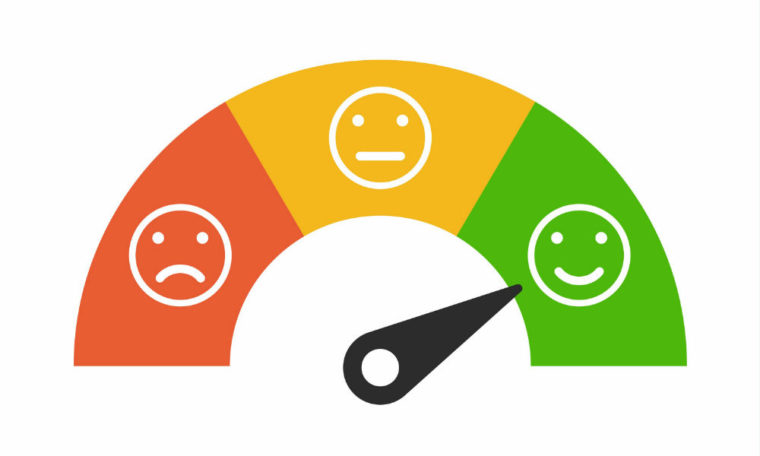
Besides collecting data about your viewers’ behavior, you can also ask them directly about your brand. In order to do this, you can prepare a survey and offer a small gift for filling it out. The gift can be a discount or some privileges or extras when it comes to membership.
Your viewers will be more than eager to spend a couple of minutes answering your questions about the website. Once enough surveys have been filled out, it will be crystal clear which are those functionalities that need to be changed.
The customer is always right and knowing how viewers see your website will help you re-evaluate its design. Improving certain segments on your website ensures a better user experience, thus increasing the chance of users buying your product or service.
If you want to find out how clients feel about buying on your website, you need to ask them after their payment has been processed. Before they leave, gently ask them to fill out a survey via a pop-up message. The same can be done at the point when the customer decides to leave, which will allow you to understand what makes them do so.
With such information at hand, you can ensure a better experience for the next time they are about to purchase something on your site. Email surveys can also work pretty well, which only requires you to send out the same message to your whole email list.
Of course, it doesn’t have to be a gift-based survey. It is usually enough to make that survey short and easy to understand. Ask simple questions such as: Did they find what they were initially looking for? What made them visit your website? Did they run into any difficulties while navigating through the site?
The Power of A/B Testing
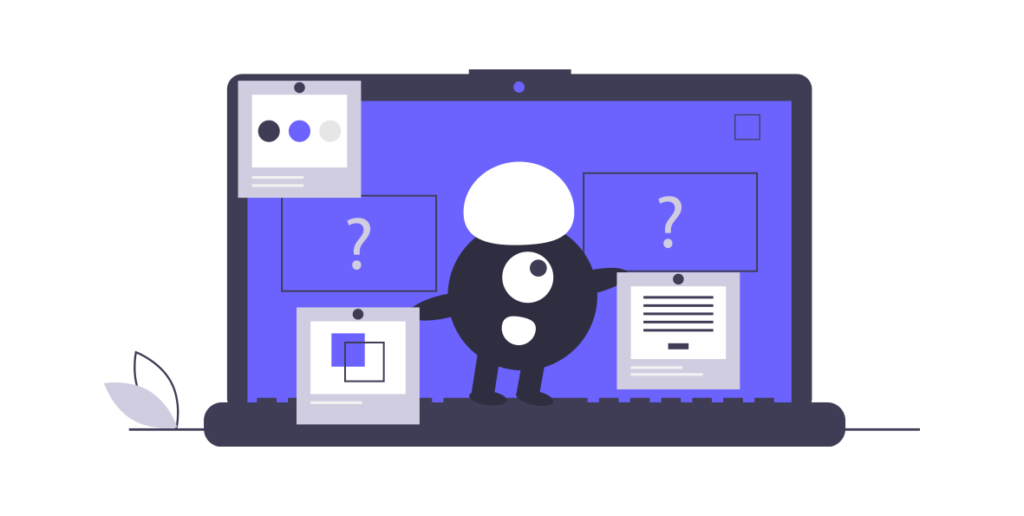
During A/B testing, you create two versions of the same page on your website. You can either try out different content versions or introduce new design elements. For example, you can write two product descriptions, publish them both and see which one works best.
One-half of your visitors will see one version while the other half will see the other one. Once you have enough data, it will be clear which one generates more conversions. You can get rid of certain elements on the page that don’t work or add new ones by following this method.
Sometimes, even the smallest of changes can lead to a big jump in conversions. In order to perform A/B testing, you need to pick software to work with. There is A/B testing software available for applications and websites as well.
Using such tools will help you find the right design and content to publish on your website. They are designed for collecting precise and valuable data that can help your brand grow.
Build Your Brand and Reliability with Content
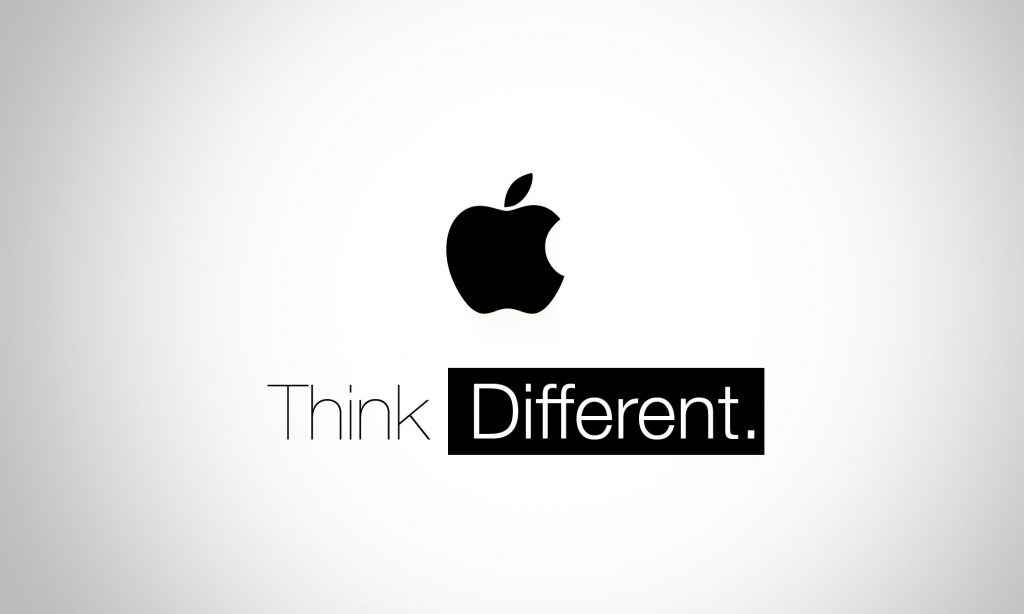
Another thing that takes time is to deliver content to your customers and make sure they get all the information they need in order to convert. Doing this will:
- Increase your credibility and build a rapport
- You’ll give them content for free, which will make them feel like they are indebted to you
- You’ll be viewed as an authority in your field (if you aren’t already)
Now, content comes in all different shapes and sizes. You have video content such as VSLs, promotional videos. You also have written content such as blog posts, reports, case studies, newsletters, emails, and much more.
Another important thing is to use testimonials and feedback wherever you can. Don’t be afraid to ask for testimonials from your customers, because they will serve you well towards becoming a more credible source.
Analysis of High-Converting Pages
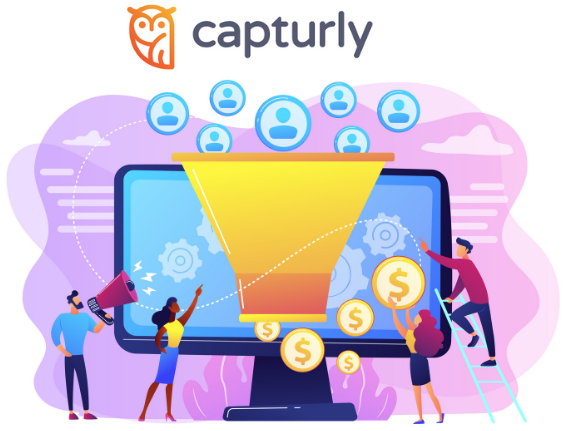
Besides A/B testing, there is another highly effective method that website owners use in their conversion rate optimization practice. While you do your best at improving the SEO of your web pages, the number of those that perform well is going to increase.
You can always go back to these and try to find out what makes them stand out compared to your other content. Here are a few important questions to ask:
- How did your users end up landing on your website? Maybe there is something about the ad or link that makes it more likely to generate traffic.
- Take a look at those elements on the web page that your users click on the most.
- Can you identify a certain point where your users leave your website? By identifying flaws in the sales funnel, you can increase the chance of your visitors turning into customers.
- Learn more about your target audience. Demographics like age, location, and other details can help you find out whether your visitors are actually the ones you are looking for.
- Are users opening up your website on their PC or smartphone? Find out what type of device is used by most of your visitors and optimize your website for it.
The key to conversion rate optimization often lies in one or more of the details we mentioned above. Identify the flaws on your website and start working on them. Doing so will result in a conversion rate that you will be satisfied with.
Identify Leaks in Your Conversion Funnel and Fix Them
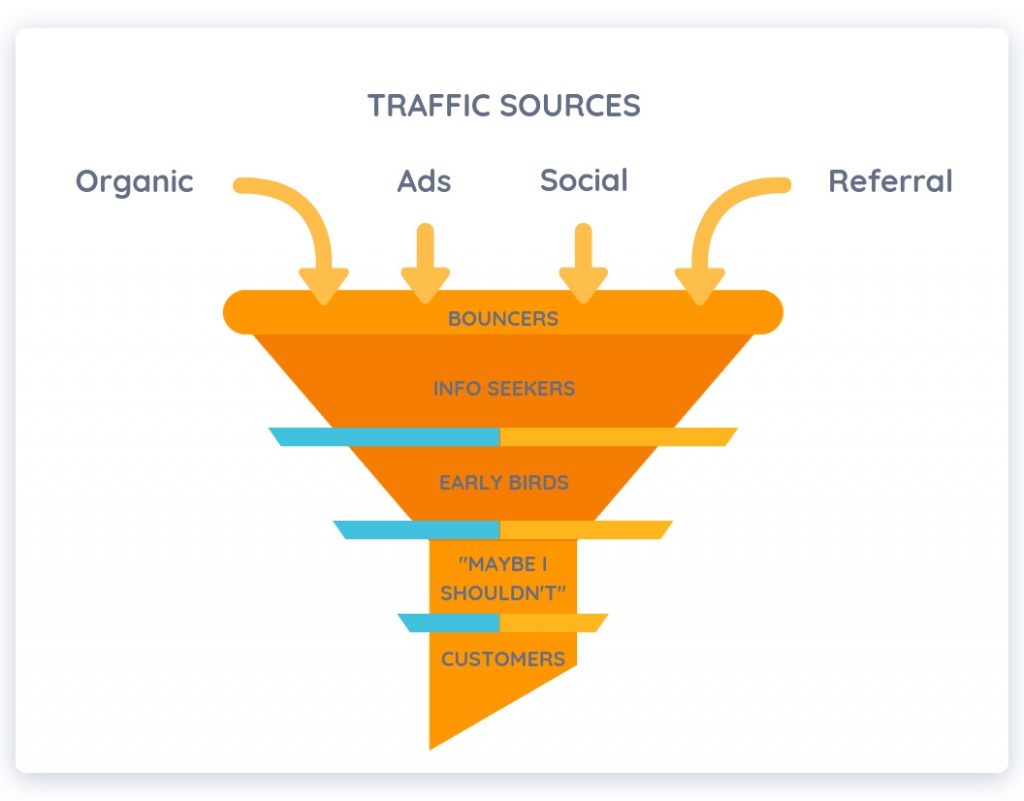
Does one of your pages have a high bounce rate? If that’s your about page, for example, then it’s not too much to worry about. But if the bounce rate is high on your product page or in your cart, then you might have something to worry about.
Firstly, you can compare the bounce rates and conversion rates on each of your pages. This will give you a good insight as to how your numbers are at the moment.
This way, you’ll see which parts of your conversion funnel are simply not working. As you move down the conversion funnel, the conversion rate naturally decreases. However, if you notice drastic changes or fall, you need to dig deeper and analyze that stage of the funnel.
When you find a leak in the funnel, it’s all about fixing it.
With heatmaps, you’ll be able to see more clearly what’s stopping your customers from going further down your conversion funnel. What is more, you can also use session replays and session recordings to find out exactly how your customers are behaving on your website.
- Click heatmaps can tell you if an element on your website is not working (including those dreaded rage clicks), which elements should be clickable, and which CTAs are at the wrong place.
- Session replays can tell you exactly where is the problem and how it happened on the website from the visitor’s point of view and why a certain part of the funnel is not working as it should.
- Scroll heatmaps show you how far your visitors scroll down on a certain page which helps you to get a better idea of placing each content and design element on your website.
- Analytics will provide you with key numbers behind your website, which help you improve the parts of the site that are lagging and fixing bugs as well.
Here are some tips that you can use for specific parts of your funnel.
- Homepage: make sure the CTA buttons are in the right places, and every part of it is bug-free and works properly.
- Product pages or service pages: it’s important to place testimonials and customer reviews if you have them, and it is also crucial to have high-quality images that will help you show off your product.
- Carts: if you are experiencing high abandonment rates, you can try to follow up with those customers and ask them what’s stopping them from buying, or encourage them to do so with discounts or reminders. You can also display proof of your credibility.
The Proper Use of Call-to-Action (CTA)
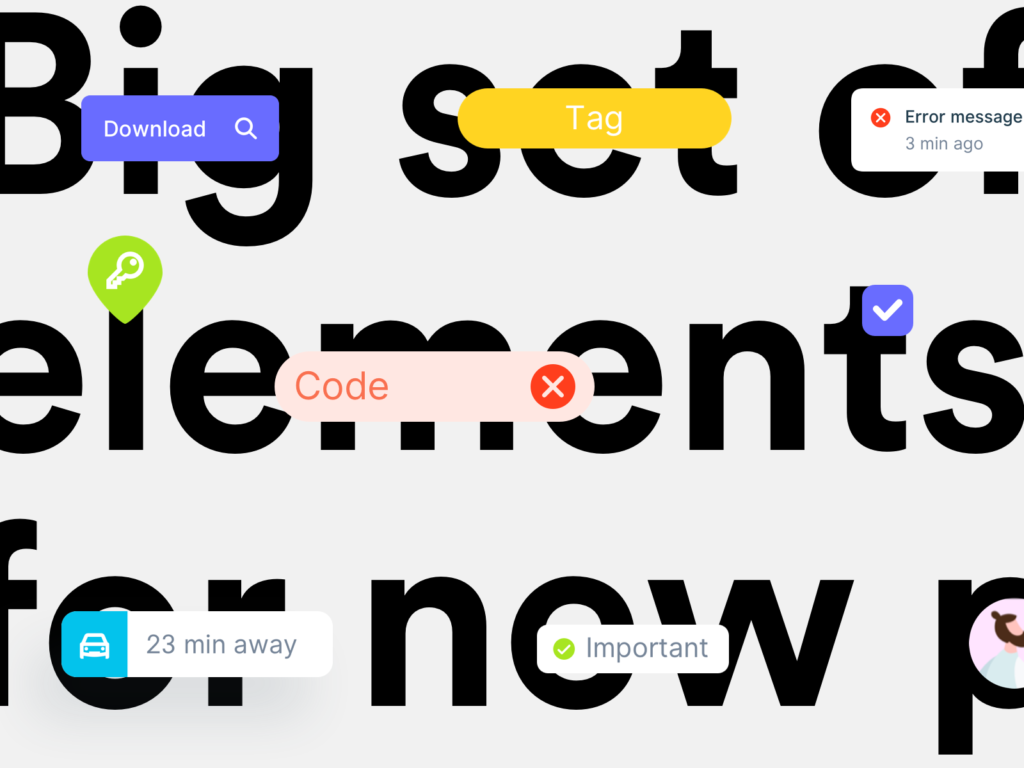
Today, one can hardly imagine online marketing without CTA. The most typical ones like “Buy now!” or “Click here to learn more!” might seem cliché, yet they can be incredibly powerful if used at the right moment. Here are a few things to consider before you start working on your CTA:
- CTAs are always short snippets that encourage the user to perform a certain action
- Customers will only click on a CTA if they have a reason to. Make the benefit clear to them and they will be more likely to convert. What can you offer them that makes it worth proceeding to the next page? You need to make sure that they gain something such as an ebook, a trial, a discount, or something along those lines.
- CTAs should be positioned in a way so that they catch the visitor’s attention. By sparking their interest and putting the right CTA in front of them at the right moment, sales are going to skyrocket.
Use a Variety of Content Types to Entice Customers
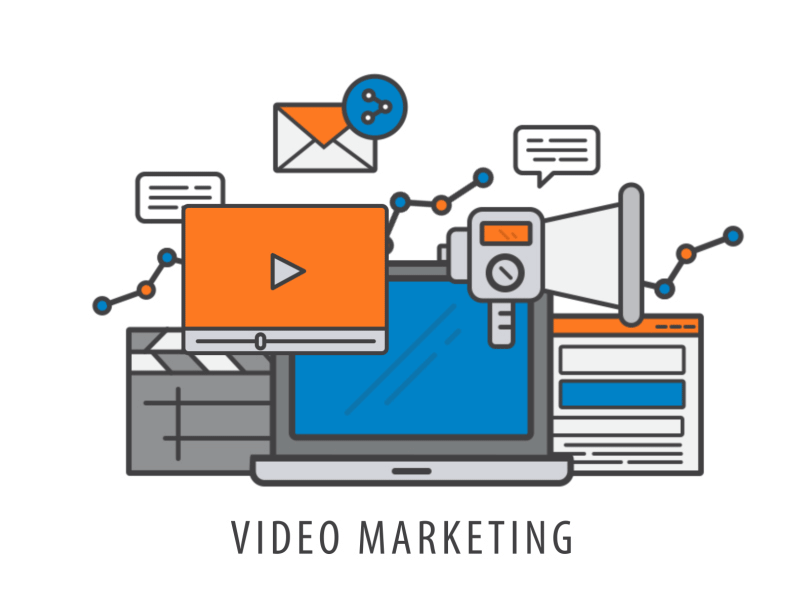
Many marketers and businesses have learned over the years is that providing one type of content is simply not working anymore. You have to have some variety in there to keep your audience engaged and satisfied.
Nowadays, people are constantly surrounded by information, the need for news and the desire to learn is there. It is particularly present in the online world. That’s why it makes sense to share as diverse, relevant, and educational content as possible.
In terms of written content, you should implement relevant pillar pages, blog posts, as well as newsletters, and emails, of course. Also, giving informative and useful stuff away for free will help you get your visitors’ attention and their email addresses so that you’re able to retarget them later on.
Video content on your website is more important than ever, it is becoming increasingly popular for CRO purposes. Using videos on landing pages instead of just text can increase your conversions by up to 80%, according to Unbounce. It helps you build credibility, and you appear to be a bit more legitimate.
Just as with other types of content, it’s important to follow a few guidelines with videos:
- Make sure the quality is on a high level.
- Use CTAs (call to action) even in your videos in the form of sticky elements.
- Make the videos brief enough to convey what you’re talking about, but make sure that it is not too long or not too short either.
However, having a wide variety of content is not enough if you do not match it with the interest of your visitors and customers.
Matching Content with the Interest of Customers

In order to create a marketing funnel that actually works, you need to divide it into informative steps. Potential customers should learn something about your product at each step they take toward buying it. Each piece of content needs to be tailored with the customer’s current position in the sales funnel in mind.
It is about the content leading the customer all the way to the final step. The first step in this marketing process is to reach the customer with ads and backlinks on other sites. This raises their awareness about your product and leads them to your landing page.
When they arrive, you need to welcome them with additional information about your product. This explanation needs to be simple and concise, as the customer might not know anything about it. By watching a video, for example, visitors can quickly find out whether the product can solve their problem or not.
In case it can, they are likely to continue with raised interest. At that point, showing them the feedback of customers that are satisfied with your product and studies that prove its worth is a great strategy. This is where your brand can truly shine, encouraging customers to take a step forward in the sales funnel.
Once they are close to the final step, you only need to add the final touch, which is a free trial or a demo version of your product. Reassuring them that they are about to make the right decision by buying from you will increase the chance of them finalizing the purchase.
After that, all you need to do is to inform them about new or upcoming products and discounts via email.
The Benefits of Adding a Chatbot

Once your traffic raises, it’s going to be nearly impossible to respond to every one of your potential clients with a short delay. Most customers are not going to wait a day or two until someone finally gets to them. This is where chatbots come in handy, as they already take care of 80% of the customer support on websites overall.
Investing in a chatbot will ensure that your customers will get a response right after their message has been sent. They are designed to be completely natural, imitating human language throughout the conversation.
Your customers might only have a few simple questions before they finalize their purchase. Answering these questions in time can ensure sales at points where the customer would otherwise leave your website.
Conclusion
With these evergreen conversion rate optimization best practices, you will be able to improve your conversion almost willingly. If you take some time and implement them, then you’re almost certain to see results. Do not forget that a website optimization process takes time, but it can be incredibly rewarding in the end.
If you’ve already put these evergreen tips into practice and are ready for more advanced tips, read the second part of the series.
Don't forget, sharing is caring! :)


3 Comments
Ryan
2022-06-23 at 17:35It’s a really very informative blog about Conversion Rate Optimization Best Practices. This blog really helps in gaining knowledge. Keep it posting these kinds of blogs in the future.
Anil Shahid
2022-08-29 at 14:40I like your services , your packages are really affordable . Thank you for sharing these advices, I hope it will help me